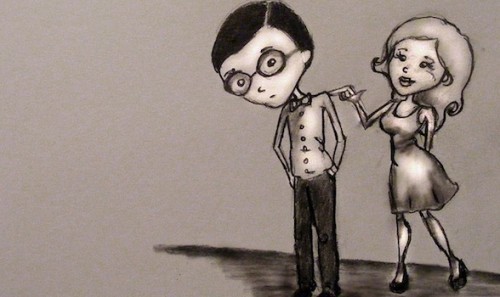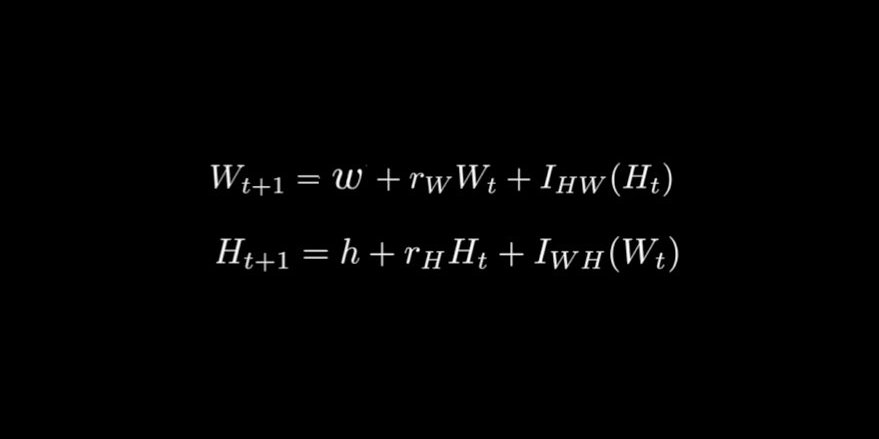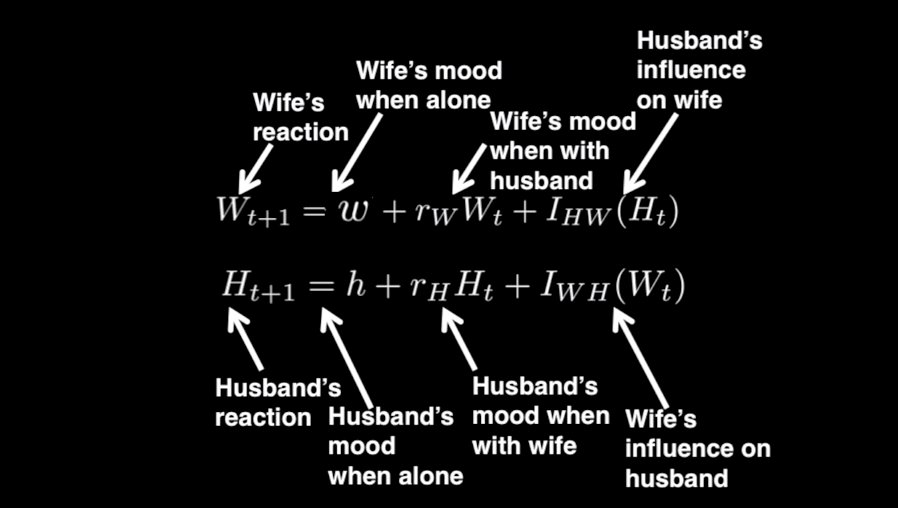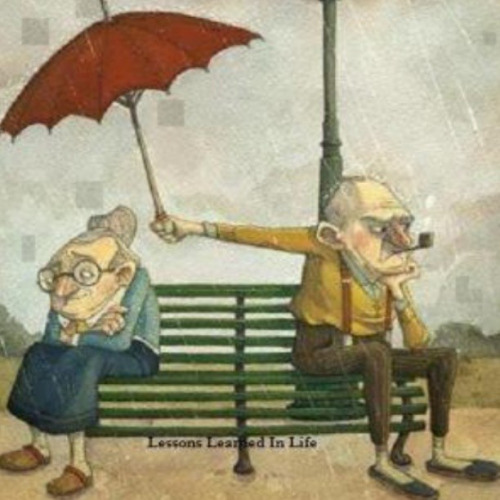Mathematics of Love
A Rationalist and His Wife
Wife: Do you love me?
Rationalist: Well of course! What a ridiculous question!
Wife: You don't love me!
Rationalist: Now what kind of nonsense is this?
Wife: Because if you really loved me, you couldn't have done what you did!
Rationalist: I have already explained to you that the reason I did what I did was not that I don't love you, but because of such and such.
Wife: But this such and such is only a rationalization! You really did it because of so and so, and this so and so would never be if you really loved me.
Etc., etc.!
Next Day
Wife: Darling, do you love me?
Rationalist: I'm not so sure!
Wife: What!
Rationalist: I thought I did, but the argument you gave me yesterday proving that I don't is not too bad!

If you’re fortunate enough to find someone you want to settle down with forever, the next question is: How do you achieve happily ever after?

According to mathematician Hannah Fry, it may come down to a simple formula.
"I am not an expert in love," writes Hannah Fry, "I have never taken a course in psychology; I understand only the basics of human biochemistry; and my own dating history – much like everyone else’s – is a mixed bag of successes mingled with a healthy series of disasters. What I am, however, is a mathematician. And in my day job of teasing out and understanding the patterns in human behavior, I’ve come to realize that mathematics can offer a new way of looking at almost anything – even something as mysterious as love."
The following equation serves as a model to predict how positive or negative a husband and wife will be at the next point in their conversation. The model is framed as husband and wife but also applies to same-sex spouses and unmarried couples in long-term relationships.


The influence a couple has on each other is the most important factor. If a husband says something positive, like agrees with his wife or makes a joke, the wife will likely react positively in turn. Meanwhile, if he does something negative, like interrupts her or dismisses something she’s said, she will likely be negatively impacted.
The 'negativity threshold' pinpoints when the wife becomes so frustrated by her husband that she responds very negatively.
Interestingly, Fry says she would have imagined that the best relationships would have a high negativity threshold, meaning they’d be focused on compromise and would bring up an issue only if it was “a really big deal.” But in fact, the opposite is true.

"The most successful relationships are the ones with a really low negativity threshold," writes Fry. "In those relationships, couples allow each other to complain, and work together to constantly repair the tiny issues between them. In such a case, couples don’t bottle up their feelings, and little things don’t end up being blown completely out of proportion."
Happy couples, then, tend to have more positive interactions than negative ones, and thus are more likely to give each other the benefit of a doubt. When there is an issue, they’re more likely to bring it up quickly, fix it, and move on.

Easy Math Editor
This discussion board is a place to discuss our Daily Challenges and the math and science related to those challenges. Explanations are more than just a solution — they should explain the steps and thinking strategies that you used to obtain the solution. Comments should further the discussion of math and science.
When posting on Brilliant:
*italics*or_italics_**bold**or__bold__paragraph 1
paragraph 2
[example link](https://brilliant.org)> This is a quote# I indented these lines # 4 spaces, and now they show # up as a code block. print "hello world"\(...\)or\[...\]to ensure proper formatting.2 \times 32^{34}a_{i-1}\frac{2}{3}\sqrt{2}\sum_{i=1}^3\sin \theta\boxed{123}Comments
What's left out is a critical factor, and that factor is time. If we have two variables, and they're related by a system of equations, then generally we have an implicit set of equations, and there is a solution (real or not), and the matter is decided immediately. Either the relationship is an immediate success or is an immediate failure. What keeps that from happening is the factor of time, as in the saying, "time is what keeps things from happening all at once".
The less obvious consequence of having time involved is that even in relationships that are doomed to failure, it at least doesn't fail immediately. In both cases, the relationship evolves over time. Which is so much like what happens in real life.
Log in to reply
The Mathematics of Love. A few pages of the book are available for online reading.
There is a Ht in "husband's influence on wife". The t in the subscript denotes time. Similarly, the t+1 in Wt+1, i.e. "wife's reaction", denotes (a later) time.
I am guessing that she is using those equations to compactly describe her findings rather than as a model to imitate them. I would have to read the book to be sure.
Log in to reply
Okay, I see it now, discretized time, so that how a relationship changes over time would be similar to what happens in cellular automata.
Log in to reply
Cellular automata.?
According to Hannah Fry, "...an arguing couple spiraling into negativity and teetering on the brink of divorce is actually mathematically equivalent to the beginning of a nuclear war."
She then writes, "...the analogy only means that insights found in studying international conflict can give fresh meaning to our understanding of marriages, and vice versa. The connection serves to strengthen the mathematics rather than weaken its meaning."
:D
Log in to reply
Cellular automata is a surprisingly fertile field of study in which to model a great range of complex phenomenon, including "towards nuclear war scenarios".
Click to see some fun cellular automata
Cellular Automatia
Computer simulations are basically about cellular automata, in that discretized time is the central feature.
Log in to reply
Here's a couple more serious links to this subject
CA--Wolfram
CA--Wikipedia